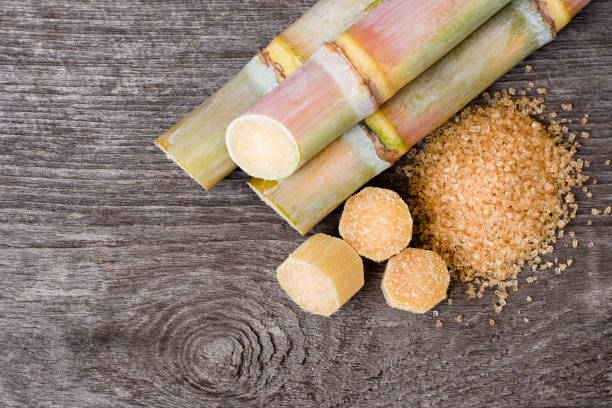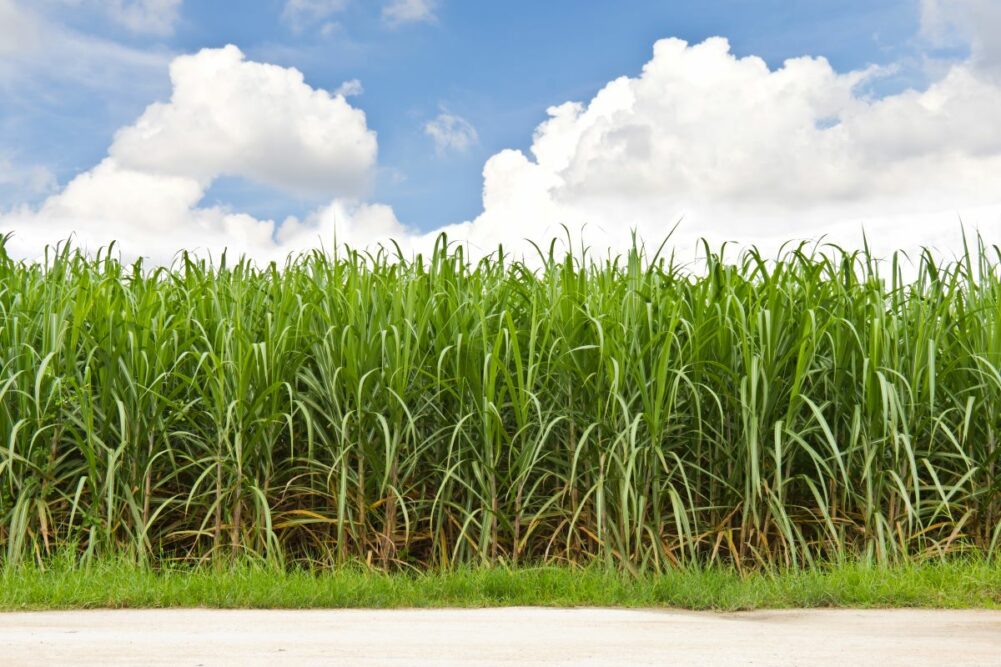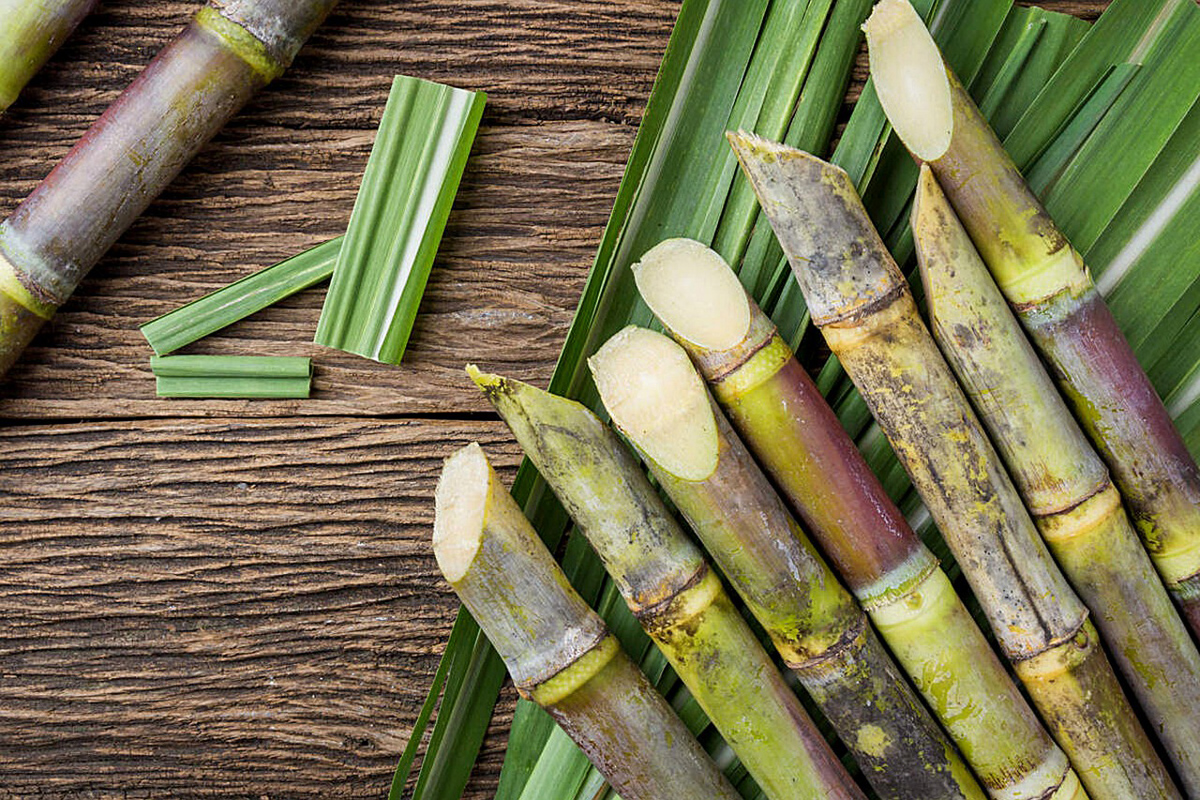How Sugar and Cane Are Used in the Production of Natural Sweeteners
How Cane Sugar Processing Chemicals Improve Sugar Quality and Yield
The role of processing chemicals in cane sugar production is pivotal, as they directly affect both the top quality and yield of the final product. By employing substances such as lime and phosphoric acid, manufacturers can efficiently eliminate contaminations and boost removal performance. The incorporation of turned on carbon and enzymes offers to maximize the malfunction of complicated sugars, eventually leading to a purer and higher-quality sugar. The intricacies of just how these chemicals engage within the processing setting raise inquiries regarding their long-term effects and prospective advancements in the sector.
Overview of Walking Cane Sugar Processing
Cane sugar handling involves a collection of important steps that transform raw sugarcane into polished sugar items. The process starts with harvesting, where mature sugarcane stalks are reduced and carried to refining facilities. Upon arrival, the walking cane goes through washing to get rid of impurities such as dirt and plant materials.
Complying with washing, the walking stick is crushed to draw out the juice, which includes sucrose - sugar and cane. This juice undertakes explanation, where lime and warm are made use of to eliminate staying impurities and non-sugar components. The cleared up juice is then evaporated to focus the sugar web content, bring about the formation of thick syrup
Next, the syrup is crystallized with a controlled cooling procedure, resulting in sugar crystals. To attain polished sugar, further filtration actions are used, consisting of washing, re-crystallization, and drying.
The final product is either packaged as raw sugar or even more processed into white sugar, accommodating different customer and industrial requirements. This comprehensive series of steps makes sure the manufacturing of premium sugar, crucial for numerous applications in food and beverage sectors.
Trick Handling Chemicals Made Use Of
The manufacturing of polished walking cane sugar relies on various processing chemicals that play significant functions at different phases. Amongst the most crucial are lime (calcium hydroxide), phosphoric acid, and sulfur dioxide. Lime is mainly utilized during the information phase to reduce the effects of level of acidity and speed up contaminations, causing a more clear juice. This action is necessary for boosting the overall quality of the extracted juice.
Phosphoric acid serves a dual objective; it improves the clarification procedure and assists in the removal of color-forming substances, adding to a higher pureness of the end product. Additionally, sulfur dioxide operates as a whitening representative, enabling for the effective elimination of unwanted pigments and boosting the color of the sugar.
Various other significant chemicals include turned on carbon, which is utilized for more decolorization, and enzymes that assist in the breakdown of intricate sugars into less complex forms, hence improving yield. The mindful choice and application of these handling chemicals are critical for enhancing the effectiveness of sugar removal and refining processes, ultimately causing a much more regular and higher top quality sugar item.

Influence On Sugar Top Quality
How do processing chemicals influence the quality of refined sugar? The introduction of different chemicals in the walking stick sugar processing phase considerably enhances the purity and total quality of the final item.
Furthermore, the use of turned on carbon and ion-exchange materials during the refining process plays an important function in eliminating off-flavors and undesirable smells, adding to the sugar's sensory profile. This refinement not just raises the organoleptic and visual high qualities however also boosts the life span by reducing microbial activity connected with pollutants.
Furthermore, the specific application of these chemicals makes sure that the sugar displays a consistent grain dimension and flowability, which are crucial qualities for both industrial applications and customer preferences. In general, the strategic use handling chemicals is fundamental in accomplishing premium refined sugar that fulfills market standards and customer expectations.

Enhancing Yield Performance
Enhancing yield efficiency in walking cane sugar handling you can try this out involves enhancing numerous stages of production to maximize the quantity of sugar removed from raw cane. One essential aspect is the choice and application of ideal processing chemicals, which can assist in the malfunction of cell wall surfaces and enhance sugar release during removal. Chemicals such as enzymes and acids play a crucial duty in this process by hydrolyzing polysaccharides and dissolving contaminations, thereby improving the general extraction effectiveness.

Normal tracking and adjustment of handling criteria are vital to preserve performance throughout production (sugar and cane). By using these techniques, sugar manufacturers can not only boost the quantity of sugar acquired yet also minimize waste and lower manufacturing costs, adding to an extra profitable and sustainable sugar handling operation
Advantages for Customers and producers
Cane sugar handling chemicals offer considerable benefits for both consumers and producers, producing an extra lasting and reliable industry. For producers, these chemicals boost removal processes, causing greater returns and improved sugar quality. By optimizing the purification and crystallization phases, they minimize waste and rise total productivity, which can additional resources substantially decrease manufacturing costs. This effectiveness enables manufacturers to continue to be competitive in a global market characterized by varying costs and demand.
For consumers, the benefits are just as compelling. The better top quality of sugar translates to far better preference and uniformity in food. Additionally, the usage of processing chemicals can result in an extra secure supply of sugar, mitigating scarcities and price spikes that can take place as a result of ecological variables or market variations. Moreover, the improvements in production techniques contribute to sustainability initiatives by minimizing resource usage and waste generation, interesting ecologically mindful customers.
Conclusion

The function of processing chemicals in walking cane sugar production is critical, as they straight influence both the high quality and yield of the last product (sugar and cane). The incorporation of turned on carbon and enzymes serves to maximize the malfunction of complex sugars, inevitably leading to a purer and higher-quality sugar.Walking stick sugar processing includes a series of important steps that change raw visite site sugarcane into refined sugar items.Enhancing yield performance in walking stick sugar handling includes maximizing different phases of production to make best use of the amount of sugar removed from raw walking stick.Cane sugar handling chemicals play an essential duty in improving both sugar quality and yield